The architecture of the church of the transitional period from baroque to classicism architectural forms, rectangular plan, single nave, unboxed, brick, plastered, with a narrow presbytery and a semicircular apse. To the right side of the presbytery is the sacristy. The facade is two-bay, with an attic and a baroque pediment with curved sides. The central axis is highlighted by a tall arched window above the portal, a segmental panel and an arch in the pediment. The sides of the facade are divided by portal pilasters. There are six altars in the church, which are decorated with old and valuable works: paintings from the Dominican era: in the high altar - the painting "St. The Mother of God with the Child". In the side altars - "St. John the Baptist" and "St. Casimir". The church also houses the Dominican saints “St. Vincent Ferrer and St. Images of Kotryna Sieniete, a portrait of the founder of the church, S. Beinart (20th century copy, made according to a 17th century portrait in the church), etc.
"St. "Virgin Mary Conqueror" after studying in Rome in 1680. brought and donated by the Dominican Ludvikas Skickis. It is painted after the painting of Santa Maria de Victoria in Loreto, which was created after the Battle of Lepanto (1570-1573).
- in 1905 priest Jonas Bobkevičius made church visitors swear to speak only Polish. He wrote the children of Lithuanian families in the black book.
- in 2007 during the renovation of the interior of the church, traces of all repairs were found: from frescoes from the Dominican era to Polish inscriptions.
- Kazakh St. The ensemble of the Church of the Virgin Mary the Victorious (church, churchyard, fence, gate) is included in the register of cultural values of the Republic of Lithuania.
- The churchyard fence is stone masonry. Next to the gate is a stuccoed masonry belfry. There is an old cemetery in the churchyard. Apolinas Radziševskis and Viktoras Jakubauskas are buried in the churchyard, Jonas Bobkevičius and Jonas Kazlauskas are buried in the basement of the church. The nobles K. Gorskis and his wife, AN Grochovskii, are also buried here.
In the church there are priests Juozas Čaplikas (collector and preacher of folklore), Juozapas Stakauskas, Nikodemas Švogžlys-Milžinas, Česlovas Kavaliauskas and others.
Sources:
From author Alina Kulbokienė



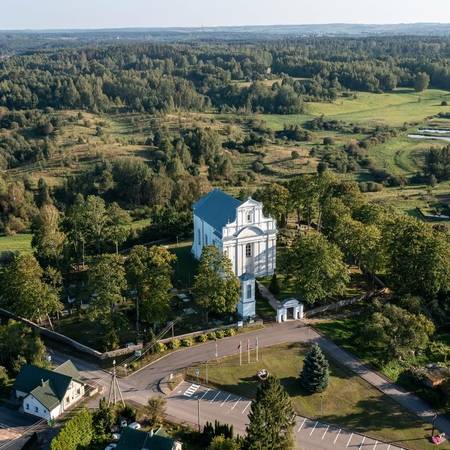
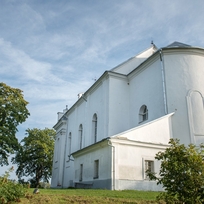
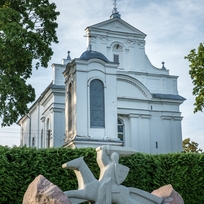
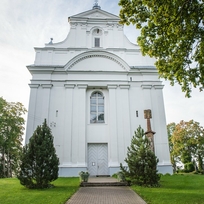
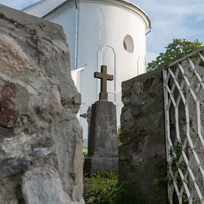
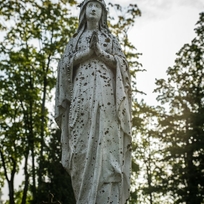
Reviews